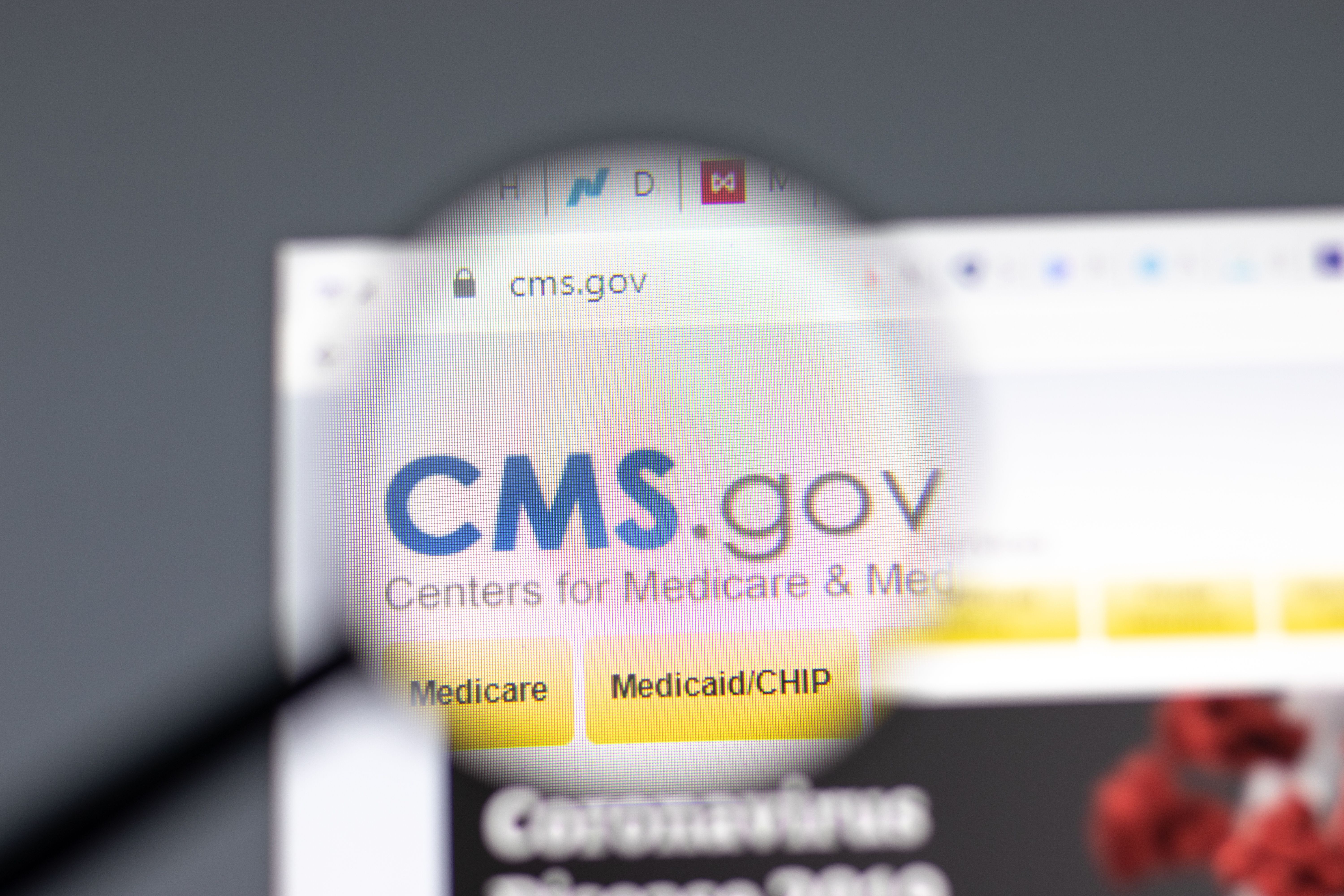Commentary
Video
Dr Thomas Hall Explores How Geographic, Socioeconomic Factors Affect Dermatological Outcomes
Author(s):
Thomas Hall, MD, FAAD, of US Dermatology Partners, explains that disparities in dermatological care arise from the uneven distribution of dermatologists, especially in rural areas, causing delayed diagnoses and higher health care costs.
Thomas Hall, MD, FAAD, of US Dermatology Partners (USDP), explains that disparities in dermatological care are caused by an uneven distribution of dermatologists, especially in rural areas, resulting in higher health care costs and delayed diagnoses. He shares that USDP addressed this by establishing clinics in underserved areas to help improve patient access and promote health equity.
Transcript
What are some of the most significant dermatological care access disparities? How do they impact patient outcomes and overall health equity?
I think some of the biggest disparities lie in the geographical distribution of our dermatologists and their advanced practice providers. Many rural communities don't have access to that; many people drive an hour, or hours, to find one. So, that geographical distribution is the main reason that people may have delayed diagnoses.
Even in some metro areas that have some dermatologists, they may be underserved, and so there may not be enough in that area, so that may lead to longer wait times and that can also lead to delayed diagnoses.
Anytime that we're delaying diagnoses, there's a greater risk that the disease or cancer can progress and have a bigger impact on the quality of life of those patients. Ultimately, it could also lead to increased health care costs because they may require more intensive or advanced interventions; the more progressive the disease, or the bigger the skin cancer becomes, while they're delaying care.
What strategies or programs does US Dermatology Partners use to address these disparities and promote health equity?
US Dermatology Partners has always tried to focus on meeting patients where they work and live and be able to provide dermatological care to them at that spot. That's been a focus of our USDP outreach program that we developed. We're really targeting more rural communities where patients are having to drive at least an hour to go see a qualified dermatologist or an advanced practice provider in those areas.
We had a goal of setting up 30 of these clinics within 3 years, and we've already set up over 20, and should have met our goal of 30 by the end of 2024, which will actually be about 6 months ahead of that 3-year commitment. These will be full-service offices. We will have a provider there that can treat anything from skin cancer to acne, rosacea, psoriasis, or whatever dermatological condition is needed to be treated.
How can dermatologists advocate for policy changes or systemic reforms to reduce dermatological care disparities, particularly for marginalized or underserved populations?
I think we can advocate at a grassroots level, that is probably the most effective. I think each of us as dermatologists, or as groups of dermatologists, or even larger groups, can look at our surrounding communities where we already are practicing and see what areas might be underserved and what areas we need to be targeting for that. I think that works the best if we can achieve it that way.
Although, there's other ways that we can advocate for underserved populations. I think the American Academy of Dermatology has a diversity, equity, and inclusion committee; maybe just work with them to bring this to their attention or to collaborate with them.
I think just having these conversations, discussing with leadership. When it comes to legislation, I think maybe we can just make it known to our Congressmen and women, and support any bills that might help this issue or incentivize practices to put more providers out into these more rural or underserved communities, as well.





